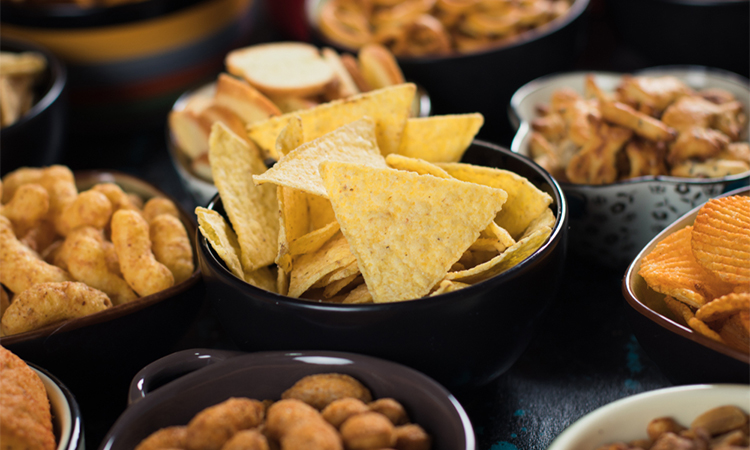The new findings may provide clearer guidance about the hyper-palatable food you put on your plate.

First described by Associate Professor Tera Fazzino from the University of Kansas (KU), US, in 2019, “hyper-palatable foods” have specific combinations of fat, sugar sodium and carbohydrates that make them artificially rewarding to eat and harder to stop consuming.
Using previous study data, researchers from KU and the US National Institute of Health sought to determine what characteristics of meals were important for determining how many calories were eaten. They found that three meal characteristics consistently led to increased calorie intake across four different dietary patterns: meal energy density (calories per gram of food), the amount of hyper-palatable foods and how quickly the meals were eaten. Protein content of the meals also contributed to calorie intake, but its effect was more variable.
“We wanted to know how hyper-palatable characteristics of foods, in combination with other factors, influenced how many calories a person consumed in a meal,” said Fazzino.
According to the research, recently published in Nature Food hyper-palatability increased the amount of energy consumed across four diet patterns: low-carbohydrate, low-fat, a diet based on unprocessed foods and one based on ultra-processed foods.
Diet recommendations for weight management could be informed by understanding how some foods result in people eating fewer calories without making them hungry. People are often advised to avoid energy-dense foods, such as cookies or cheese, that can lead to passive overeating. Instead, foods low in energy density — like spinach, carrots and apples — are often advised. But foods characterised as hyper-palatable may be less familiar to people, and they may be unknowingly adding them to their plate.
While hyper-palatable foods are sometimes also energy dense, the new study suggests that these hyper-palatable foods independently contribute to meal calorie intake. Fazzino said the findings add to a growing body of research that shows that hyper-palatability plays a role in the food choices that people make and in their weight.
“We hope to get the information about hyper-palatable foods out there for individuals to consider as they make dietary choices, and we hope that scientists continue to examine hyper-palatable characteristics as a potential factor influencing energy intake,” she said.
To increase the customer’s knowledge about hyper-palatable products, the findings may lead to new regulations and labelling requirements, changing consumer preferences and demand for certain products. Food manufacturers may find their reputation and sales negatively impacted if research suggest that these foods are harmful to health.





